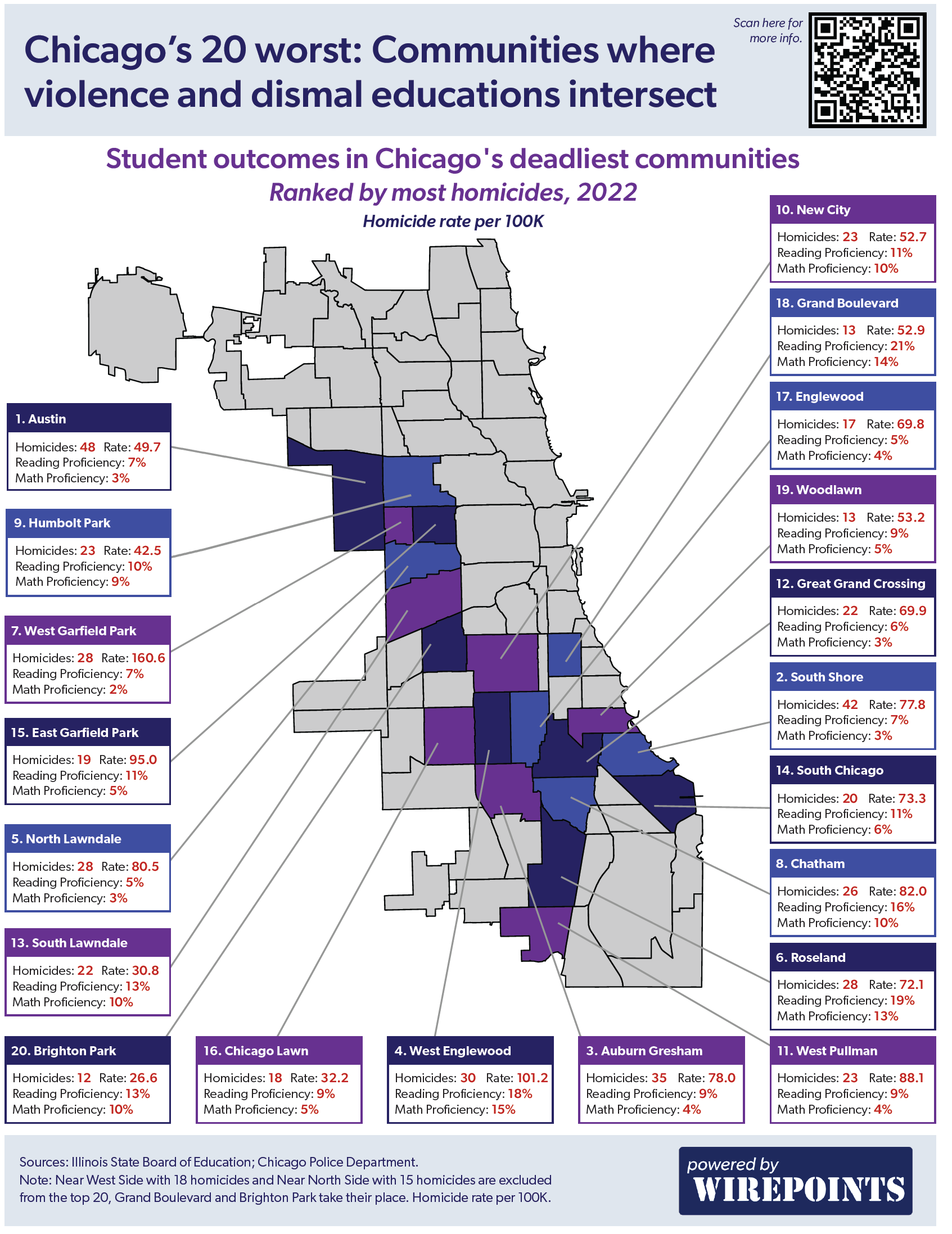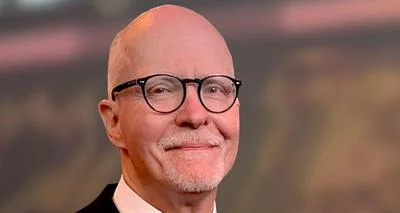Stacy Davis Gates | CTU
Stacy Davis Gates | CTU
There’s a good reason why Chicago Teachers Union President Stacy Davis-Gates sends her son to a private school instead of the public one in her community.
At Harlan Community Academy, the school Davis-Gates’s son would have attended, only 5 of every 100 students were proficient in reading in 2022. The Roseland community is a dangerous place, too – 28 people were killed there last year.
Roseland is one of the 20 worst communities in Chicago where violence and a dismal education intersect, creating a toxic environment for families. Many of those communities experience dozens of murders yearly and have schools where the percentage of children that can read or do math at grade level is in single digits.
That leaves most parents with only three options: Suffer in the current system, hope for school choice before it’s too late or flee the city entirely.
Option one is intolerable, but sadly unavoidable for a majority of parents. Option two is unlikely given Gov. J.B. Pritzker and his supermajority allies are likely to kill the state’s only school choice program in the next month. So expect more parents to do what they’ve been doing for years: flee. CPS’ student population has declined 25 percent in the last two decades – a drop driven overwhelmingly by disappearing black families.

Wirepoints’ list of worst-off communities is, unsurprisingly, highly concentrated on the South and West sides. We first ranked the communities by their total number of homicides and then calculated average reading and math proficiencies across each community’s schools. The data comes from the Chicago Police Department and the Illinois Report Card.
Mayor Brandon Johnson’s home neighborhood of Austin was the city’s #1 homicide hub last year, with a total of 48 murders. As for student outcomes, only 7 in 100 students last year could read at grade level on average in Austin-area schools. In math, it was just 3 in 100.
The community of South Shore, with 42 murders, was the 2nd-worst homicide hub. The educational results were just as bad as in Austin.
And West Garfield, rank #7, is notable for suffering 28 murders among only 17,000 residents. That’s a sky-high homicide rate of 161 per 100,000 residents, second highest among the city’s 77 communities. That’s far higher than the 74.3 per 100,000 homicide rate in New Orleans, the nation’s homicide capital. (Homicide rates are often shown per 100,000 in population to allow for apples-to-apples city comparisons across the country.)
What should be clear is that there’s very little hope for the families living in these communities. Tens of thousands of children – if not a hundred thousand – are being left behind each year.
Choice for every student
A partial answer to the problem above was given recently by Stacy Davis-Gates herself when she took her son out of CPS and put him into a private school. Here’s how she explained her move after having previously called private schools “segregation academies” and “racist.”
“If you are a Black family living in a Black community, high-quality neighborhood schools have been the dream, not the reality. Unlike some white counterparts on the North Side or in the suburbs, we aren’t blessed with quality options blocks away from our home, neatly placed near a grocery store, doctor’s office or a safe public park. Our schools are usually stranded in food and healthcare deserts…
“…For my husband and me, it forced us to send our son, after years of attending a public school, to a private high school so he could live out his dream of being a soccer player while also having a curriculum that can meet his social and emotional needs…”
What Davis-Gates did was exercise educational choice. Fortunately for her, she has the financial means to do it.
It’s the same choice that every parent in those communities should have, but most don’t have the resources Davis-Gates does. That’s why they should have school choice, where the public money dedicated to their kids’ education can follow them to private schools that best fit their needs.
It’s that kind of choice that Iowa is now offering every single child in that state: a $7,600 Education Savings Account. And Indiana, too, where nearly all kids in the state now have access to school vouchers worth as much as $6,000.
Unfortunately, Davis-Gates and the rest of the city and state leadership are doing everything they can to stop parents from having that choice here in Illinois. If they get their way in the next month or so, they will kill the state’s only school choice program, a tiny program that grants just 9,700 scholarships to students across the entire state.
That’s cruel, considering that about 86,000 kids in the 20 violence-torn communities can’t read at grade level.






 Alerts Sign-up
Alerts Sign-up